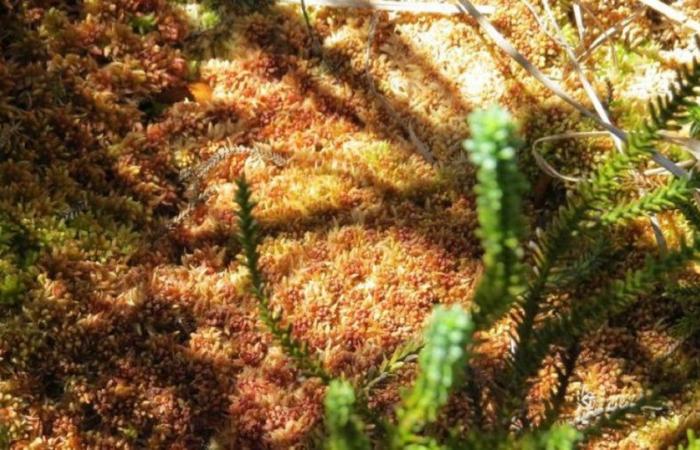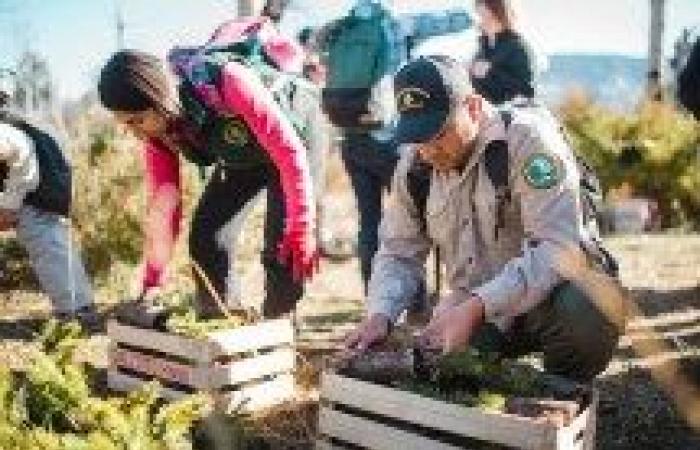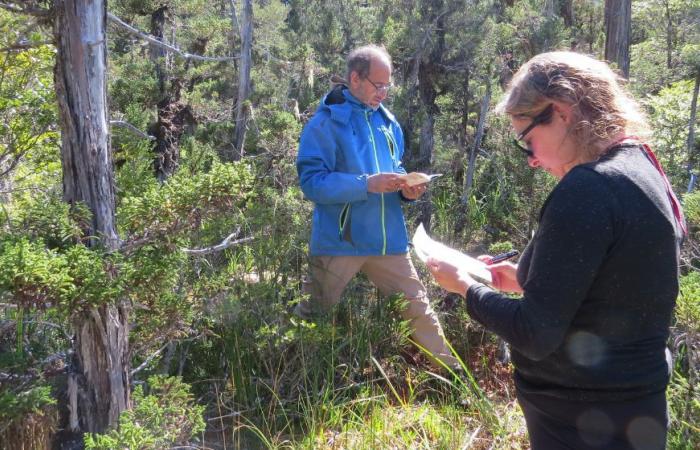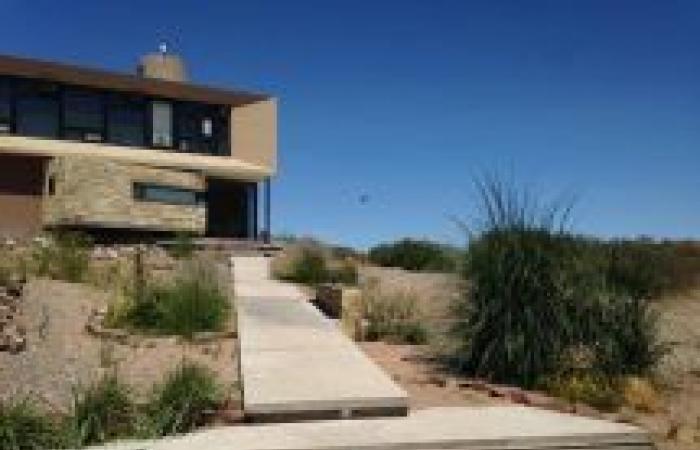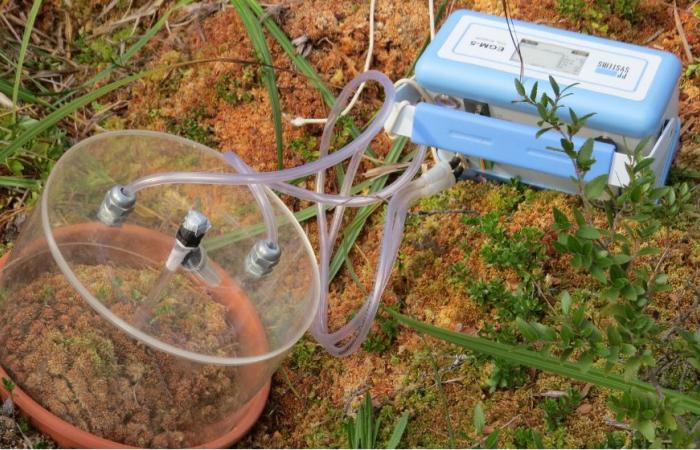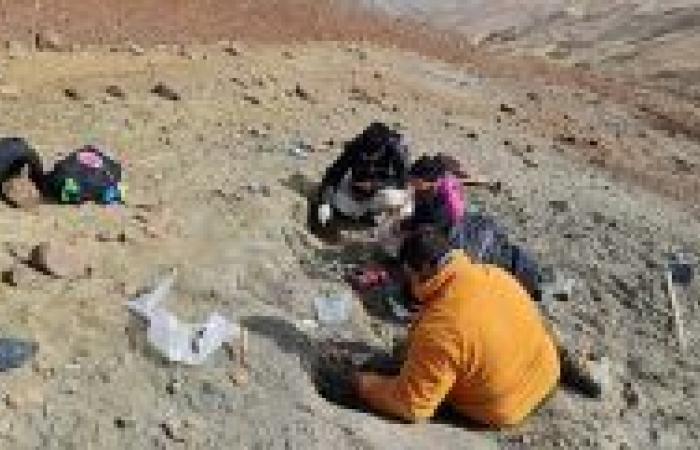In the Puerto Blest area, at the western end of the Nahuel Huapi National Park, in Río Negro, there is an environment with a diversity of fascinating plant species. There it lives from a moss sphagnumwhich can retain large amounts of water within its cells, up to a kind of carnivorous plant that acquires nitrogen from the animals it feeds onlike insects, and not from the earth.
The environment is a peat bog, a type of wetland that can be key at the current moment in which the planet is being affected by climate change induced by human activities that generate greenhouse emissions and raise average temperatures. In other areas, peatlands have been altered to obtain alternative fuels to firewood. But in Northern Patagonia, The Puerto Blest peat bog has been preserved pristine thanks to the protection given by its inclusion within a national park.
Now, a group of Scientists from Conicet, the National University of Comahue and INTA have already carried out two campaigns to study the biodiversity of the peat bog in depth.
“We form an interdisciplinary group of researchers. The first campaign was done last December, and then we returned in March. “We are studying the coverage of plant species and the decomposition processes of organic matter,” he told RÍO NEGRO Diarythe doctor in biology Veronica Diaz Villanuevafrom the Biodiversity and Environment Research Institute (INIBIOMA), which depends on Conicet and UNCo in Bariloche.

The peat bog is surrounded by the so-called Valdivian jungle and, in reality, is an aquatic environment. “At first glance, it looks like a place with a surface that you can walk on, but it is a terrain on which the moss Sphagnum forms like a mattress. If stepped on, the person sinks,” he warned.
Sphagnum moss has a spongy shape and plays a role as a water retainer, mainly, and humidity around the plants. There are also large ferns, larches, coihues and mushrooms of different colors and sizes.
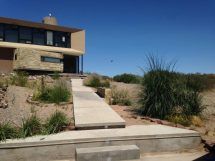
What the campaigns consist of
The two campaigns have been carried out to characterize the diversity of plant species in the peat bog. They will also evaluate the physicochemical characteristics of the water in the wells and compare the decomposition rates of organic matter with that of other wetlands in the area. In addition, they measure greenhouse gas emissions.
The peat bog in the Puerto Blest area is different from others: “It has trees, bushes, sedges and other plants that make it much richer in biodiversity,” highlighted Díaz Villanueva.
“We are interested in determining what the function of the peat bog is. In general, It is known that they can absorb carbon dioxide because they are accumulators of organic matter. We are trying to evaluate whether the Puerto Blest peat bog also functions as a carbon dioxide sink”he explained.
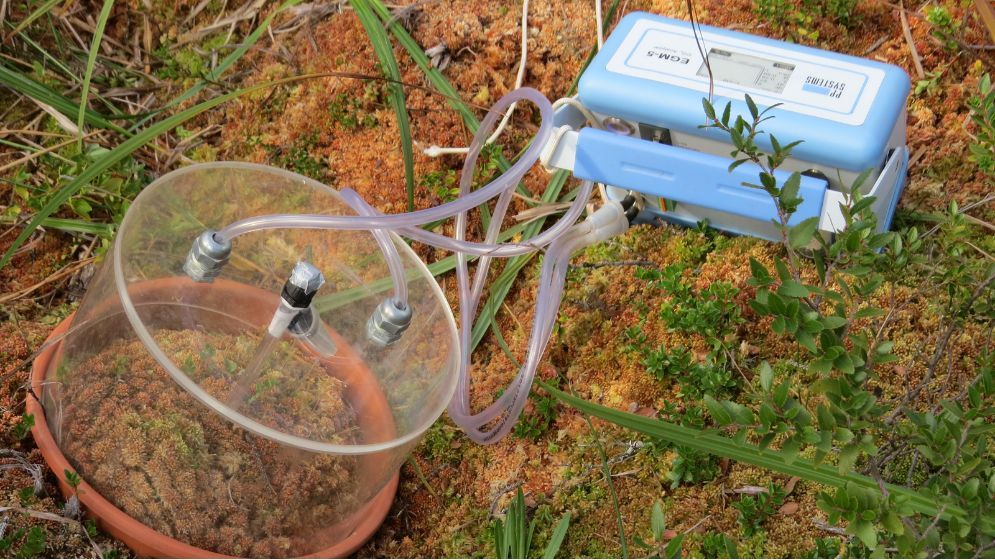
Since the last century, emissions of greenhouse gases into the atmosphere, such as carbon dioxide, have increased worldwide. In this context, today the environments that can be carbon sinks – that is, they remove it from the atmosphere – can be key.
Javier Grosfeld, biologist, main professional at CONICET Patagonia Norte, who is part of the research team, knowing more about the peat bog will help its conservation. “If the peat bog is affected, it impacts its unique biodiversity. Conserving biodiversity contributes to sustaining the ecological processes that develop in that particular environment. In the case of the Puerto Blest peat bog, it can be highlighted that it is one of those with the greatest biodiversity, which cannot be found anywhere else in Argentina. which represents a singularity,” he stated.


